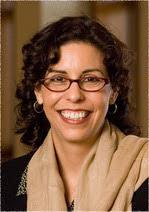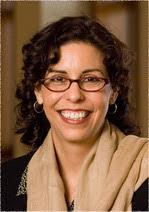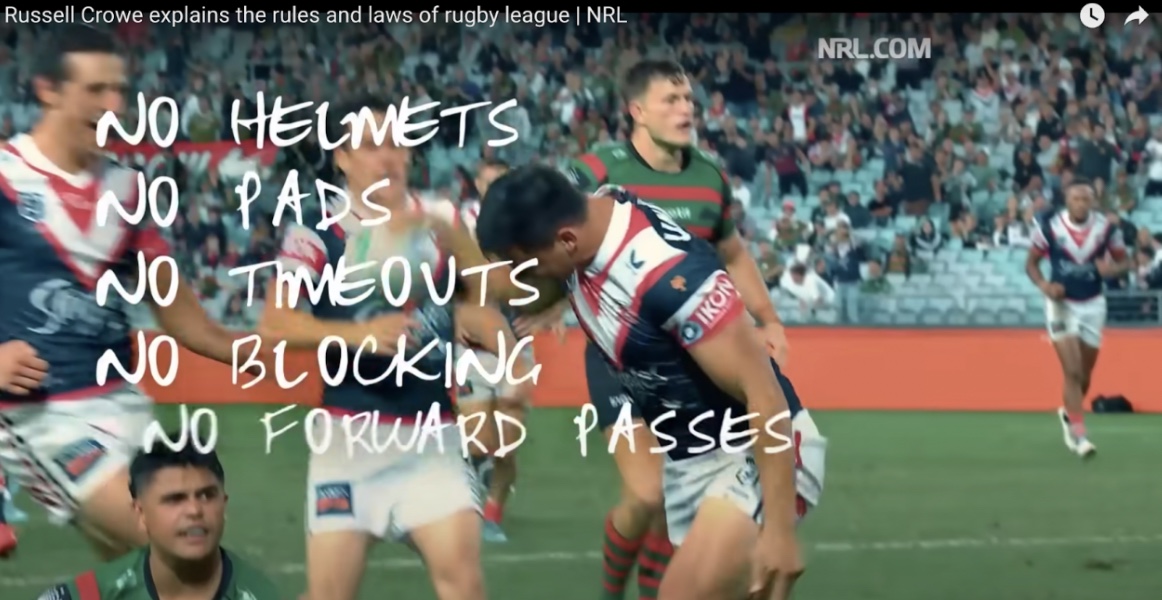Paula M. L. Moya, a professor of English at Stanford University, gave a lecture at Sonoma State on Wednesday to discuss the ways in which people read race and not just see it.
Moya is the author of “Learning from Experience: Minority Identities, Multicultural Struggles” and has taught at Stanford’s Center for Comparative Studies in Race and Ethnicity. To a packed ballroom full of students, Moya explained how humans have learned schemas that can skew Americans’ view on race.
Schemas, she pointed out, provide the basis by which someone relates to the events he or she experiences. Schemas are the underlying pattern or framework in which one can view things.
“We actively engage in interpretive practices that draw upon widely available meanings attributable to particular bodies, behaviors, styles and places.” Moya said. “Such meanings motivate choices and also are recruited to justify behaviors.”
To illustrate this, she gave the example of the Ferguson, Mo. case. White police officer Darren Wilson described the unarmed black teenager Michael Brown to the grand jury as large, threatening and demon-like. In her lecture, Moya argued that Wilson tapped into a familiar narrative of the black man. That is, one where he is seen as brutish and menacing which, Moya’s own said, “provided the jury with the rationale they needed to absolve him of responsibility.”
Some students thought Moya did a fine job at connecting the recent event at Ferguson to her lecture.
“In the beginning when she was discussing the ways in which we see race, it was nice to have a current event like the shootings of African-American males,” said freshman Ambreana Burciaga. “It got me to pay more attention and to be more intellectually involved in what she was trying to say.”
After discussing the ways in which one sees race, she began to talk about how one reads race. Moya examined different forms of racial ignorance—ranging from the claim that one does not see race to a belief in the innate inferiority of non-European peoples.
Moya explored how literary representations by writers such as Toni Morrison and Junot Diaz work to interrogate and reshape Americans’ skewed racial schemas.
During the lecture, Moya said, “Diaz and Morrison are actively engaged in challenging white supremacist narratives as the build for new schemas that facilitate racial literacy.”
With Diaz’s work, she recalled his piece called “How to Date a Brown Girl, Black Girl, White Girl, or Halfie.” Through his literary work and even through his seemingly simplistic title, Moya said, “Diaz was able to break race open and show how people are treated differently based on race.
“She was very knowledgeable on the ways literature can effect our worldly views and ideas,” said freshman Ryan Sick. “My class is currently reading a novel by Junot Diaz and it was nice to get a new perspective on how Diaz is able to break race open through his literary works.”
At the end of her lecture, students were given the opportunity to ask Moya questions. One student asked her if there is a way to change schemas to better understand race. Moya, to answer the student’s question, almost immediately said, “Absolutely.”
Moya wants the next generation to know how the way one perceives race can shape how people ultimately function as a society. Moya also said it’s with cases like Ferguson that show some Americans still have racial schemas that could eventually lead to conflict.





![[Both photos courtesy of sonoma.edu]
Ming-Ting Mike Lee stepped in as the new SSU president following Sakakis resignation in July 2022](https://sonomastatestar.com/wp-content/uploads/2024/04/CC4520AB-22A7-41B2-9F6F-2A2D5F76A28C-1200x1200.jpeg)



























